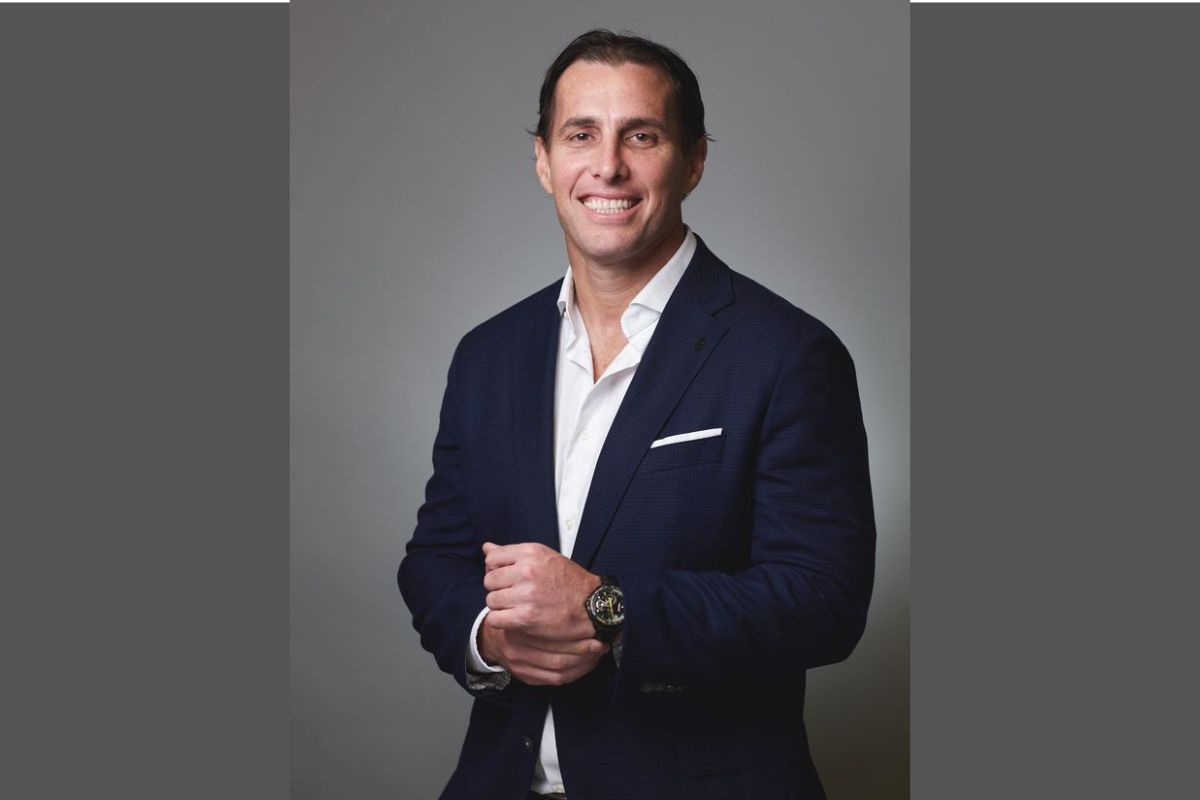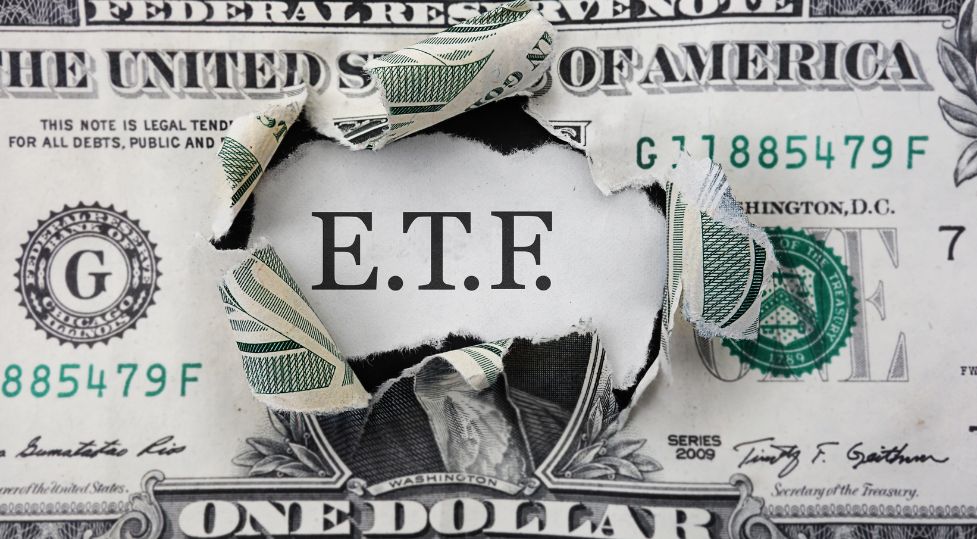This financing represents the largest ground-up C-PACE construction loan to date in South Florida and will allow the team to implement energy-efficient and resilient features that will set a new standard for luxury residential development in Brickell, according to a company statement.
In the interview, Tassara explained that Core Capital manages various funds with different return expectations depending on the project’s profile and region. For example, the Edifica Global Fund (FEG) invests in real estate projects in Miami (Brickell) and targets annualized returns between 13% and 17% in U.S. dollars (net of fees) for Class E investors.
Core Capital maintains a strong focus on private real estate debt, although it also manages diversified funds that combine debt, private equity, and other asset classes. Its model seeks to generate attractive returns through structured loans to real estate developments supported by the group’s experience.
Permanent Political Crisis and Offshore Investments
“Our investor base understands that, in an environment of uncertainty, diversifying in U.S. dollars and in solid markets is a strategic decision, not a short-term reaction,” explained the executive.
Following the ousting of Peruvian President Pedro Castillo at the end of 2022, the country entered a political crisis that some analysts now consider “permanent.” This situation led to a capital outflow exceeding $22 billion between 2021 and 2024, equivalent to 9% of its GDP. “A significant portion of those funds migrated to the United States,” continued Tassara, “where investors found legal security, macroeconomic stability, and competitive opportunities in the real estate sector.”
“Through Core Capital, we have directly channeled this trend: more than 1,000 Peruvian investors participate in our funds, and over 60% of the Peruvian capital we manage is invested in U.S. projects, mainly in South Florida. This interest deepens year after year, with investors seeking to preserve their capital and generate income in U.S. dollars,” he described.
According to Tassara, the appetite of Peruvian investors for offshore assets continues to expand, and the United States remains the main destination. “Although some consider alternatives in Europe or Central America, most still view the United States as a ‘safe harbor’ amid regional volatility, thanks to its combination of security, liquidity, and accessibility,” he noted.
Miami, Epicenter of Opportunities
Florida—and particularly Miami—continues to be the main investment hub for North Development and Core Capital. The firm currently has two new projects under development and is evaluating residential opportunities focused on both short- and long-term rentals.
Far from fearing an oversupply, Tassara maintains that the market remains solid: Florida receives more than 250,000 new residents each year, in addition to natural population growth of 120,000 people, while developments take between 4 and 5 years to complete, making it difficult for developers to keep pace with population growth. In his view, this dynamic keeps structural demand unsatisfied and supports rising prices.
Tassara identifies particular opportunities in the condominium segment aimed at Latin American investors seeking capital preservation and income in U.S. dollars. The executive addresses this demand through the vertical integration of his three key units: North Development (project development and execution), Core Capital (structuring and funding), and North Management (operational and hospitality management).





